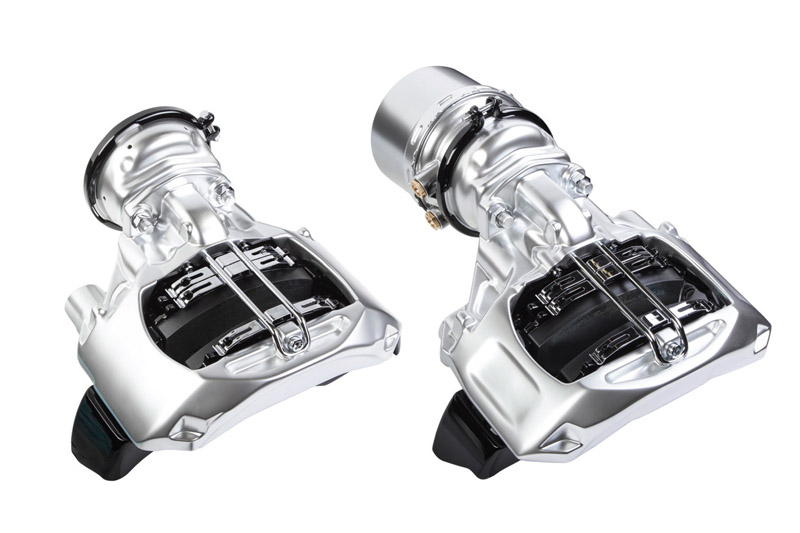
With the development of single-piston Air Disc Brakes (ADB), CVW spoke to Hans-Christian Jungmann, Chief Engineer of Wheel End Solutions at Wabco, to find out why the industry will likely move away from conventional drum brakes.
Hans-Christian began by highlighting a topic you will be all too familiar with: “Autonomous driving is and remains a key trend for the commercial vehicle industry today with more technologies being introduced to improve the overall safety and efficiency of commercial vehicles,” he explained.
“Braking technology naturally plays a vital role in making commercial vehicles future-proof and goes some of the way towards autonomous driving. Such systems require brakes that deliver the highest performance consistently, in all driving conditions. Air disc brakes are an essential technology in pioneering driving assistance systems. This also applies to the platooning sector where multiple HGVs are driving closely together in a networked convoy. Without advanced braking technologies such as Wabco’s ADB, autonomous driving as well as platooning solutions wouldn’t be possible.”
Hans-Christian went on to discuss the specifics of the company’s new MAXX ADB range, and why he believes single-piston air disc brake technology will become a mainstay in commercial vehicle production: “With over 40% fewer parts than other ADBs, single-piston ADBs reduce the error risk, leading to increased reliability in the vehicle. In short: brakes with single-piston technology feature the lowest number of parts to achieve the lowest possible weight, whilst maintaining performance and reliability. For example, MAXX ADB has a compact design that offers an average weight of just 35kg per ADB in a six-by-two-wheel truck application, that’s 12kg less per truck than other manufacturers’ European heavyduty ADB systems, ultimately delivering enhanced fuel-efficiency for end users.
“Additionally, the latest MAXX ADB features an intelligent self-balancing taper wear compensation, which reduces the constraining forces of the brake pads to a minimum, thus leading to an extended brake pad life and supports further fuel efficiency. The functionality of this new, patented pad system is highly robust, even in extreme conditions, and is therefore suitable for all truck and trailer applications, including the most demanding heavy-duty truck use cases.”
As you might expect, vehicle efficiency is a major consideration for manufacturers, which means this element dictates the nature of the product produced at the end of the line. Consequently, keeping a component as light as possible is a necessity and Hans-Christian explained why.
“A lightweight design cuts down (unsprung) mass and therefore offers important benefits for end users: it reduces the vehicle’s overall weight to boost fuel efficiency and the opportunity to increase the payload,” he divulged. “With MAXX, for example, the combination of our highlyefficient clamping unit, simplified down holder and smooth guiding system contributes to significantly reduce drag torque by up to 68%, versus current ADB systems, thus further increasing fuel efficiency.”
Wabco Aftermarket at a glance
■ Reman solutions – returns used electronics, hydraulic, mechatronic components and conventional mechanical products to fully-warranted products in same-as-new condition
■ ProVia parts – a range that bridges the gap between low-end budget parts and premium aftermarket parts
■ Wabco Academy – provides professional training solutions to the commercial vehicle sector
■ Workshop solutions – provides workshops access to a complete range of tools and services that support their ability to better serve their customers
■ Retrofit solutions – a whole range of retrofit solutions, from tyre pressure monitoring systems, to aerodynamics, to trailer safety systems, and more.








